Collective Negotiation Agreement
The "Collective Agreement" is a legally recognized agreement between an employer and employee representatives, usually labor unions, regarding employment conditions. It ensures that employees are provided with working conditions that are not less favorable than the minimum set by labor legislation. The agreement addresses issues not directly regulated by law, particularly those related to employment terms and social protections. Once concluded, the agreement is duly registered through the appropriate legal procedures.
A collective agreement is negotiated through discussions between the employer and employee representatives, grounded in mutual respect, cooperation, and understanding. This process is essential for fostering a positive work environment, ensuring fairness, and balancing the operational challenges of the business. It promotes growth, stability, and enhanced well-being for employees.
Negotiations provide a platform for exchanging proposals aimed at reaching a preliminary consensus, aligning the needs of the employees with the organization's goals.
Process:
- Initiation: Either the employer or the trade union sends an official notice to begin negotiations. Based on the number of trade union members, both unions determine their representative participation.
- Preparation: Before the collective negotiation begins, all parties agree on the procedure and document it in writing or electronically. Key issues are identified and prioritized. Legal counsel ensures compliance with Mongolia's labor law.
- Negotiation Meetings: Series of meetings are held to exchange proposals and hold discussions. In case of an impasse, labor mediation may be involved. The parties may also mutually agree to involve independent experts, consultants, or specialists during the negotiations.
- Dispute Resolution: If the parties fail to reach an agreement, the dispute is resolved through a prescribed process for handling labor interest disputes.
- Drafting and Ratification: Once a preliminary agreement has been reached, it is approved by the employees (often through a vote by trade union members) and the employer. The agreement is then legally validated by a relevant legal entity, making the contract legally binding. All parties are responsible for ensuring its implementation as stipulated in the agreement.
- Implementation: The signed agreement is communicated to employees and becomes legally effective, with its implementation and compliance being monitored.
The process is governed by Mongolia’s Labor Law and relevant regulations, ensuring fairness, transparency, and legal protection for both employees and employers. Negotiating parties must engage in meaningful dialogue with the intention of reaching an agreement, aiming for mutual understanding and agreement, and upholding transparency principles.
Legal Practices during Negotiations:1. Best Practices: Both sides must participate in good faith, demonstrating a genuine intent to reach an agreement and making efforts to understand and consider the other party's position.
2. Mediation: If an agreement cannot be reached, either party may request the involvement of labor mediators, which is a legally recognized process aimed at avoiding prolonged disputes.
3. Strikes (Lawful): A strike can only be initiated if negotiations fail and legal avenues, such as mediation, are exhausted. Strikes must comply with Mongolia's Labor Law, including all required legal procedures.
4. Information Sharing: Employers and unions are legally required to share relevant information during negotiations while safeguarding the confidentiality of sensitive organizational or personal data.
|
Illegal Practices during Negotiations:
1. Bad Practices: Delaying the process intentionally or refusing to engage in meaningful discussions without a genuine intent to reach an agreement is unlawful.
2. Coercion or Intimidation: Any coercion or threats aimed at influencing the negotiation process or employee participation are illegal.
3. Illegal Strikes: Strikes are deemed unlawful if they do not follow the legally required procedures, are initiated during mediation or arbitration, or occur during other official labor dispute resolution activities. /Labor Law Provision.29/
4. Unlawful Workplace Lockouts: Employers cannot lock out employees or halt operations to force agreement or retaliate against unions unless all legal steps have been followed.
5. Violation of Confidentiality: Disclosing information deemed confidential during negotiations is illegal if both parties have agreed to keep it confidential. |
